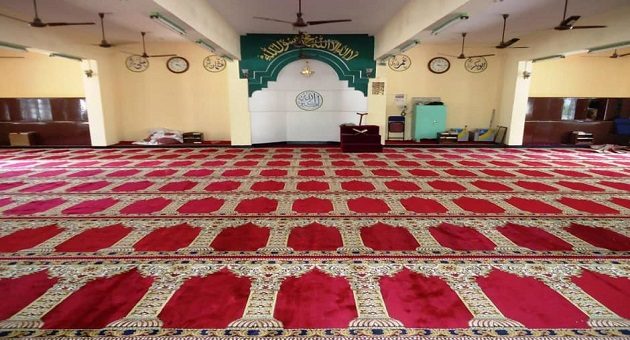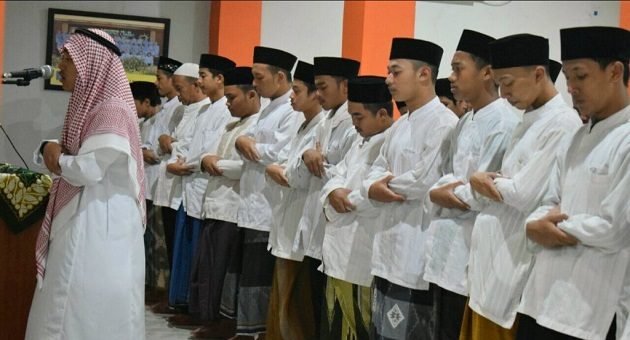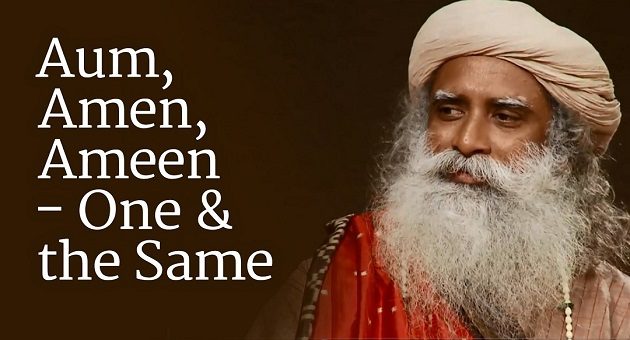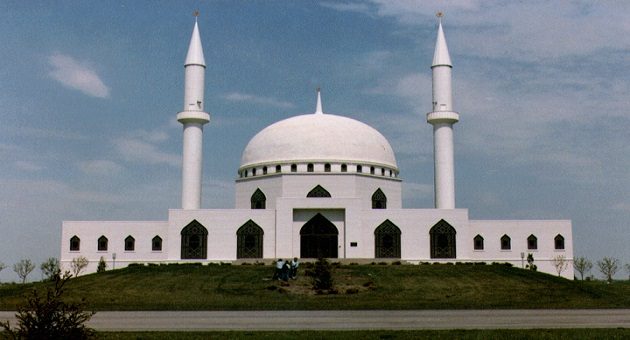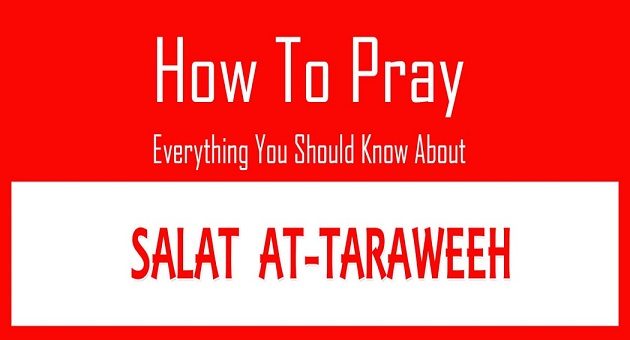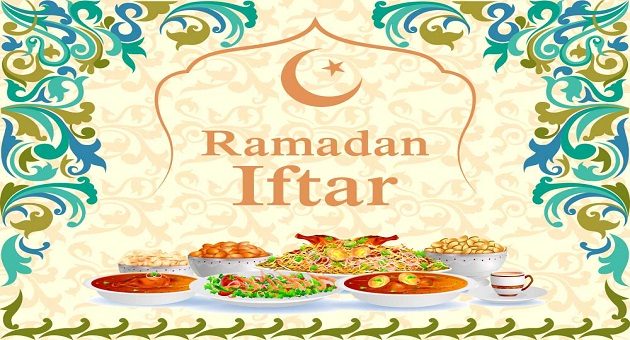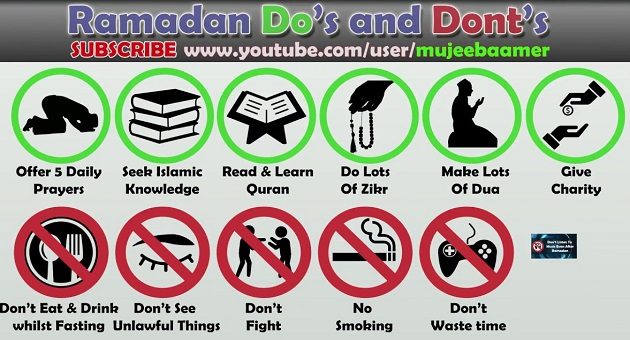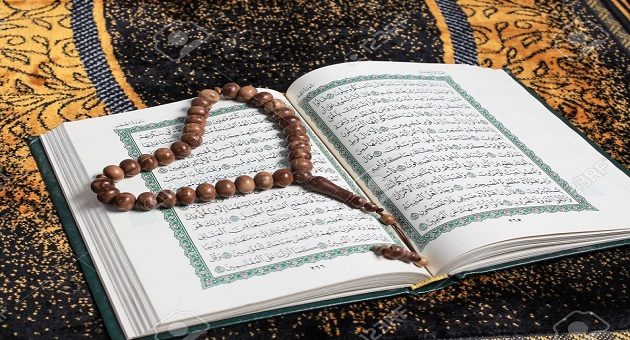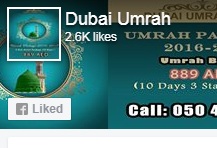We already discuss some essential parts of a Mosque such as Prayer hall, Minaret, Dome and prayer rugs or carpets. Now we will discuss some other parts of the Mosque. Mihrab : The mihrab is an elaborate, semi-round space in the mass of the petition room of a mosque that denotes the course of the qiblah—the heading confronting Mecca which Muslims face during worship. Mihrabs fluctuate in estimate and shading, however, they are normally formed like an entryway and finished with mosaic tiles and calligraphy to make space stick out. Ablution Area : Ablutions (custom washing or wudu) are a piece of the planning for Muslim prayer. Once in awhile.
There is a lot of variety among mosques around the globe. Building materials and configurations rely upon the way of life, legacy, and assets of every nearby Muslim people group. However, there are various highlights that about all mosques share for all intents and purpose. Prayer Hall : Inside, the focal zone for prayer is known as a musalla (actually, “place for prayer”). It is purposely left very uncovered. No furniture is required, as admirers sit, bow, and bow legitimately on the floor. There might be a couple of seats or seats to help older or debilitated admirers who experience issues with versatility. Along with the dividers and mainstays of.
The Imam leads to Islamic prayer and supports the community with spiritual advice. An Imam is chosen at the community level. Individuals from the community pick somebody who is viewed as learned and insightful. The Imam should know and comprehend the Quran and have the option to recite it effectively and delightfully. The Imam is a regarded individual from the community. In certain communities, an Imam might be explicitly selected and employed and may have experienced some unique preparing. In other (littler) urban areas, Imams are frequently looked over among the current individuals from the Muslim people group. There is no widespread administering body to direct Imams; this is done.
Muslims, Jews, and Christians have numerous similitudes in the manner in which they implore, among them the utilization of the expression “so be it” or “Ameen” to end prayers or to accentuate key expressions insignificant prayers. For Christians, the end word is “so be it,” which they customary interpret as meaning “so be it.” For Muslims, the end word is very comparative, however with somewhat extraordinary elocution: “Ameen,” is the end word for prayers and is additionally frequently utilized toward the finish of each expression insignificant prayers. Ameen (additionally articulated ahmen, aymen, so be it or amin) is a word that is utilized in Judaism, Christianity and Islam to express.
A mosque (Masjid in Arabic) is a place of worship in Islam. In spite of the fact that petitions can be said secretly, either inside or outside, about each network of Muslims devotes a space or working for congregational supplication. The fundamental compositional segments of a mosque are handy in reason and give both congruity and a feeling of the custom among Muslims around the world. Minaret: The word minaret derives from the Arabic word for “lighthouse” or “beacon.” A minaret is a thin tower with overhangs or open exhibitions from which a mosque’s muezzin calls the dedicated to petition multiple times every day. Minarets are unmistakable conventional highlights of.
Eid al-Fitr or the “Celebration of Breaking the Fast” is one of the most celebrated of every Muslim occasions, saw by 1.6 billion Muslims around the globe. During the whole month of Ramadan, Muslims watch a severe fast and take an interest in devout exercises, for example, charity-giving and harmony making. Toward the finish of Ramadan, Muslims all through the world break their fast and praise their achievements in Eid al-Fitr. Eid al-Fitr falls on the first day the month of Shawwal, which signifies “To Be Light and Vigorous” or “Lift or Carry” in Arabic. Shawwal is the name of the month that pursues Ramadan in the Islamic schedule. The.
The prayer can be extremely long (well over 60 minutes), during which one stands upstanding to peruse from the Quran and performs numerous cycles of development (standing, bowing, prostrating, sitting). After every one of the four cycles, one sits for a short time of rest before proceeding—this is the place the name Taraweeh (“rest prayer”) originates from. During the standing bits of the prayer, long areas of the Quran are perused. The Quran is isolated into equal parts (called juz) to peruse areas of equivalent length during every one of the Ramadan evenings. Consequently, 1/30 of the Quran is perused on progressive nighttimes, so that before the month’s over the.
The Iftar is the dinner served by the day’s end during Ramadan, to break the day’s fast. Truly, it signifies “breakfast.” Iftar is served at nightfall every day of Ramadan, as Muslims break the day by day Fast. The other supper during Ramadan, which is taken toward the beginning of the day (pre-day break), is called Sehar or Sehri. Muslims generally first break the fast with dates and either water or a yogurt drink. After Maghrib supplication, they at that point have a first-class dinner, comprising of soup, serving of mixed greens, hors d’oeuvres and principle dishes. In certain societies, the luxurious dinner is postponed into later at night or.
Islamic researchers have laid out fasting necessities for the all-inclusive community and clarify the housing that can be made when somebody can’t fast due to disorder or other wellbeing reasons. There are general rules and unique cases for conditions, for example, affliction and constant medical issues, for example. A pregnant lady who thinks fasting will hurt her infant is pardoned from fasting. Likewise pardoned are explorers, the old and the crazy. Notwithstanding, the individuals who are proficient are required to compensate for missing the fast when it is allowable. Poor people might be pardoned yet should approach Allah for absolution. Among satisfactory activities during Ramadan, Muslims can shower, draw blood,.
The Quran is the heavenly book of the Islamic world. Gathered over a 23-year time span during the seventh century C.E., the Quran is said to comprise of Allah’s disclosures to the prophet Muhammad, transmitted through the holy messenger Gabriel. Those disclosures were recorded by copyists as Muhammad articulated them during his service, and his supporters kept on recounting them after his passing. At the command of the Caliph Abu Bakr, the sections and refrains were gathered into a book in 632 C.E; that adaptation of the book, written in Arabic, has been the blessed book of Islam for more than 13 centuries. The Quran is separated into 114 sections.






